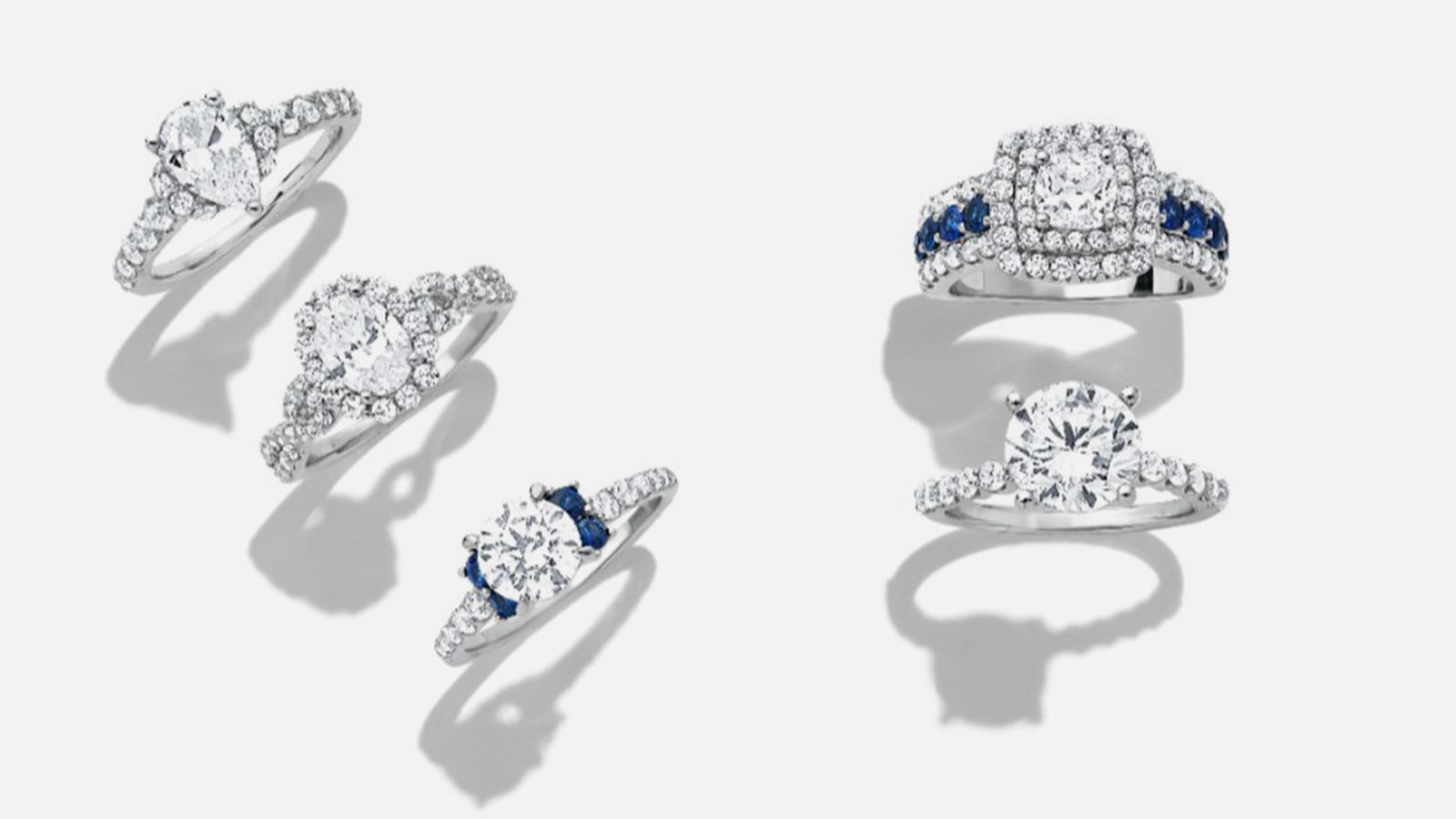Gadget photography is a vibrant niche, tapping into the vast markets of tech enthusiasts, gadget lovers, and online shoppers looking for their next purchase. Capturing gadgets in a way that not only highlights their design but also sells their value requires a mix of technical know-how, creativity, and marketing insight. This blog post aims to guide photographers, from novices to pros, on how to make gadget photography that truly sells.
Understand Your Gadget
Before you even set up your camera, it’s crucial to understand the gadget you’re photographing. What features does it boast? What makes it stand out from competitors? Is there a unique design element or functionality that needs to be highlighted? Answering these questions will help you decide on the angles, lighting, and composition to best showcase the gadget.
Use Proper Lighting
Lighting can make or break your gadget photography. Soft, diffused lighting often works best, avoiding harsh shadows and reflections, especially on gadgets with screens or glossy finishes. Natural light is a great resource, but if you’re shooting indoors, consider using LED panels or a lightbox to achieve a consistent look. The key is to illuminate the gadget in a way that accentuates its features without overpowering it.
Focus on the Details
Gadget lovers appreciate the finer details. Close-up shots that highlight the texture of materials, the sleekness of lines, or the intricacy of a design can make your images more compelling. Use a macro lens if available, or employ your camera’s macro mode to capture these details sharply.
Choose the Right Background
The background can either elevate your gadget or detract from it. Opt for simplicity to keep the focus on the gadget itself. Neutral backgrounds, like white or soft grey, are often preferred because they enhance the product’s visibility without causing distractions. For lifestyle shots, ensure the environment complements the gadget and speaks to its intended use or target audience.
Compose Creatively
While front-on shots are essential for clarity, don’t be afraid to experiment with different compositions. Angled shots can reveal the product’s depth and form, and placing the gadget in an unexpected yet relevant setting can intrigue viewers. Remember the rule of thirds for a balanced composition, but also break it when you feel it’ll add to the shot’s impact.
Show the Gadget in Use
Contextual shots that show the gadget being used can significantly boost its appeal. They help potential buyers visualize themselves using the product, making the gadget more relatable and desirable. Whether it’s a smartwatch on a wrist or a drone in flight, these shots add a dynamic element to your portfolio.
Post-Production Matters
Even with the best setup and shooting techniques, post-production plays a critical role in gadget photography. Use editing software to adjust exposure, contrast, and saturation to enhance the gadget’s appearance. However, ensure your edits are subtle and maintain the product’s authenticity—overly processed images can mislead and turn off potential buyers.
Tell a Story
Every gadget has a story, and your photographs should aim to tell it. Whether it’s through a series of images showing different features or a single impactful shot, aim to convey what makes the gadget special. A picture is worth a thousand words, so use your imagery to narrate the gadget’s unique selling proposition.
Keep Your Audience in Mind
Finally, always consider your target audience. Tailor your photography style, composition, and even the platforms you share your images on based on where your potential buyers are. Understanding your audience’s preferences and behaviors can guide you in creating images that not only attract their attention but also inspire them to make a purchase.
Gadget photography is more than just taking pictures of electronics; it’s about capturing the essence and promise of technology. By following these tips, you can create compelling, sellable gadget photography that stands out in a crowded market. Remember, consistency is key, so keep practicing, experimenting, and refining your approach to become a master of gadget photography that sells.








